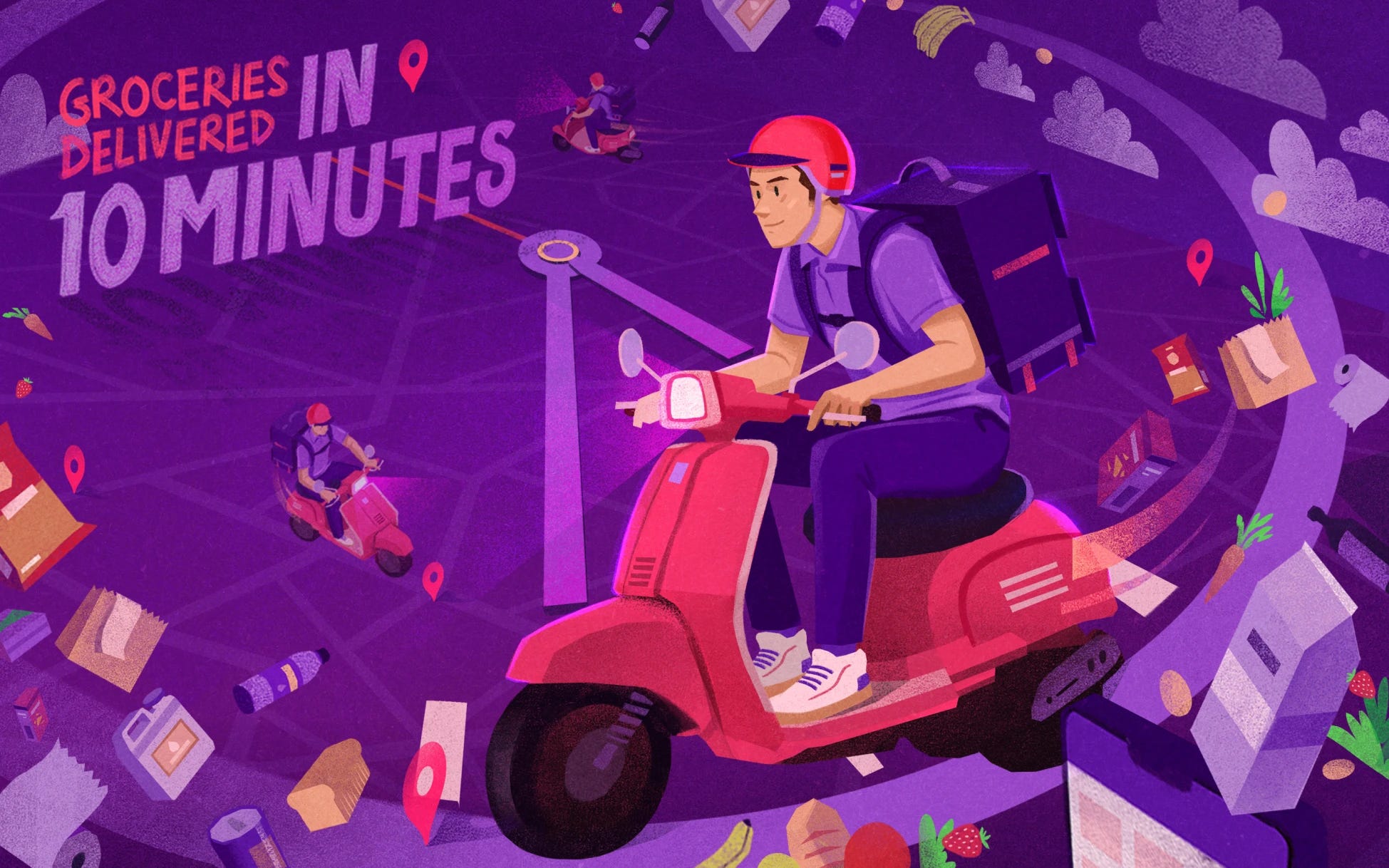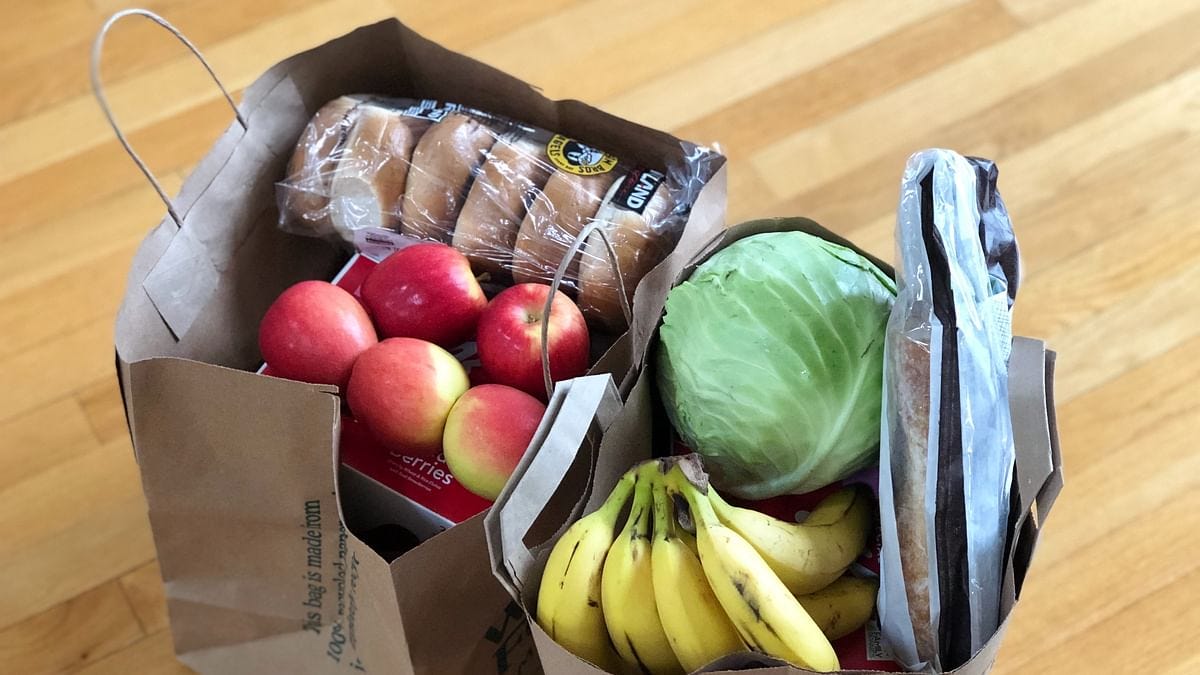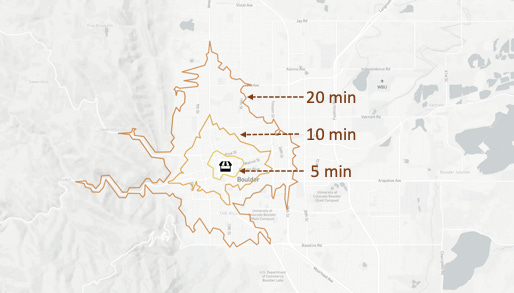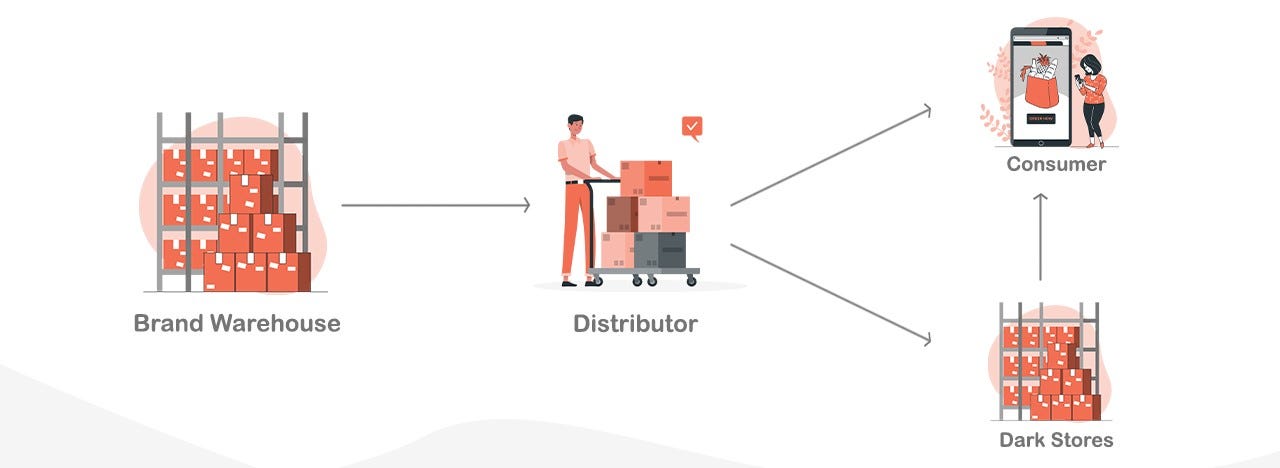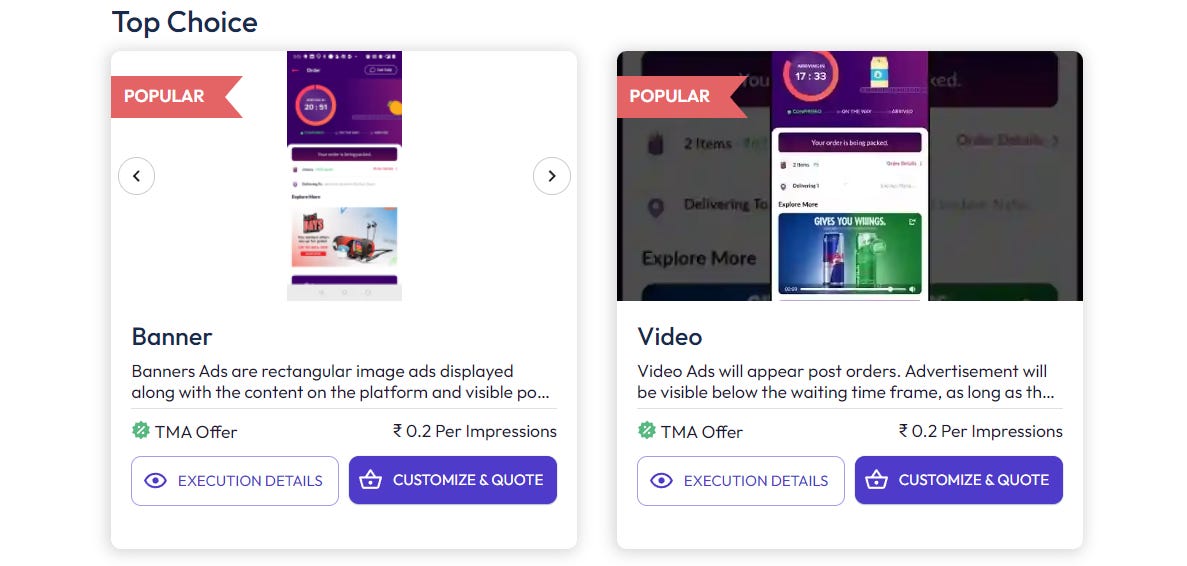Zepto: a quick commerce champion in making!
Explore Zepto, a quick commerce disruptor, its innovative strategies, rapid delivery, and its journey towards becoming a champion in the industry. Please Subscribe for more such articles :)
After COVID-19 hit, people started to move explore and experience the world of convenience in online commerce.
Amazon orders went up by 220%, food-delivery platforms started to give existential crisis to restaurants, D2C brand websites saw a rise of 94%, and many more such trends were observed during this period.
The companies knew that this was just a short bubble and it is meant to burst after sometime. However, they also knew that they were subconsciously altering the priorities from a online experience.
That’s slowly how “Convenience became KING” in achieving customer satisfaction!
And what gives more convenience to the consumers than delivering your order as fast as one can! The thought process is simple: whoever delivers the products first, would be preferred by everyone and easily become the market leader.
So food delivery platforms started to compete, promising faster delivery speeds and order fulfillment. Grocery platforms in India took that a step further and started to promise deliveries within 30 minutes! The competition became very fierce that many started to enter this space in full swing:
Eventhough both Blinkit and Zepto promises deliveries within 10 minutes, Zepto does runs differently, and there is a business lesson which we can learn from them!
So lets get into this!
Inside Zepto’s 10 minute delivery
To achieve something incredible like this, we require a dark store. In simple terms, a dark store resembles a conventional store, however it is not open to the public, and it enables these benefits to the companies:
Faster Delivery
Better Inventory Management
Reduced Labor Costs, and many more!
But if you analyze every other quick commerce company out there, they have a version of dark store setup. So how is Zepto able to provide a even faster delivery? Lets look at them in detail!
#1 Super quick packaging
So after you place an order in the Zepto app, the request is redirected to the nearest Dark Store. Each dark store has a tablet which is held by operation executives which will display:
a list to all items in our order
a map to navigate themselves within the dark store to pick up and package the products in the least time possible
The second part of this is more interesting because it is reducing human error and increasing efficiency, by reducing one factor: human decision making.
They want to reduce the time taken to dispatch the order as much as they can (within 60 to 90 secs), so that the remaining time can be used for the last mile delivery.
This approach reduces the burden on the delivery executives!
#2 Internal structure of dark store
They follow a data backed approach to structure products in the dark store to reduce the packaging time.
This image from GrowthX offers a really good idea on their internal structure, where the frequently ordered items will be placed close to the entrance, so that they can be packed and handed to the delivery executives faster (all within 60 to 90 secs). Similarly the other end of the dark store will have the less frequently ordered items.
Now the tablet which the operations executive has, will be embedded with a map of the dark store. And similar to Google maps, they will get the most efficient path they need to follow, pickup orders in a chronological order, and hence reduce the time taken to package.
Zepto CTO Kaivalya says “We wanted to remove human decisions as much as possible. So each of our executives have a handheld software device driving them through the most optimal pathway”
#3 Dark store location and driver’s familiarity
If you look at food delivery platforms like Zomato and Swiggy, they take a lot of variables into consideration before assigning a delivery to a optimal delivery executive.
However in most cases, these delivery executives have little to no idea about the location they are delivering to. Hence they rely on the maps which is integrated within the app, but sometimes that also points to incorrect delivery locations because of which they call up to customers to know the exact location.
To avoid all of this, the dark stores in Zepto follows two things:
Dark store location
They are first established in highly populated areas.
Once they receive more orders than they can fulfil within 10 minutes, they setup more dark stores.
Proximity of Dark stores is much closer to the customers, which means lesser delivery time
Driver’s location familiarity
Since there are many dark stores present across the highly populated areas, the delivery executive assigned per dark store requires only to cover shorter distances.
Hence as they deliver more and more orders, they become more familiar with the locations. So in time, last mile delivery time will slowly reduces.
How does Zepto make money?
There are 5 revenue generation areas for Zepto. They are:
Margins on products
Every retailers and small Kirana stores purchases products at bulk from a distributor at a cheaper price, and sells it at a cost plus pricing to customers. So the strategy here comes to how Zepto can tie up with the lowest cost providing distributor.
According to their CTO, Kaivalya -”Potatoes, Onion, Tomatoes are some of our highest selling items on Zepto. Fruits & vegetables also happen to be one of the highest margin items on our platform”
Handling Charges
This fee is levied upon the customers since the operations executive at the dark store will require to organize, pack, and dispatch the order safely with all the items to the delivery executive.
Delivery Charges
This is a tricky area which teams should really work on because this can make or break the frequency of customers using the platform.
If delivery charges are always fixed and its on the lower end, then the order frequency will increase but the company would require to bear the losses. Suppose if we charge higher delivery charges, then our revenue generation problem may be solved, however customers will reduce the number of visits they make to the app.
So making users to reach a certain order value is crucial and this is where product and growth teams needs to experiment and test!
Product Customizations
Zepto has identified their customers really well.
In tier 1 cities, since most of the customers value convenience over money, they are willing to pay a surplus if it requires.
One such example is where Zepto charges almost 4x the amount for chopped carrots compared to normal carrots. If they are able to scale this up, then they can eventually bring down the costs as well.
Product Ads
Zepto Ads help reach more people and target consumers using online channels at every sales funnel stage.
It allows businesses to collect and use customer data to improve targeting and deliver more relevant ads. This results in better customer experiences and increased sales. This type of advertising also provides eCommerce businesses with valuable insights into customer behavior.
Future of Zepto
With all of this said, it doesn’t mean Zepto is profitable. It is quite far from it. They had around 390.4 crores of losses in FY22.
However, the silver lining is that most of the dark stores are operationally profitable now. They have over 200 dark stores in metropolitan areas and around 50 to 60% of them have started generating cashflows.
This is faster than most offline supermarkets!
Since it deals with low cost and low volume products, raising the average order value (AOV) is still a challenge with the entire industry. Given how well they are managing costs and experimenting new nudges & offers to users to increase their AOV, and with their new launch “Zepto Cafe” which delivers coffee & snacks in under 15 minutes, it is only a matter of years before they solve this profitability issue.
Zepto is also looking to expand its customer base, hire more staff to ensure smooth operation, and open dark stores. In the future, Zepto is looking to offer its service to more countries.




